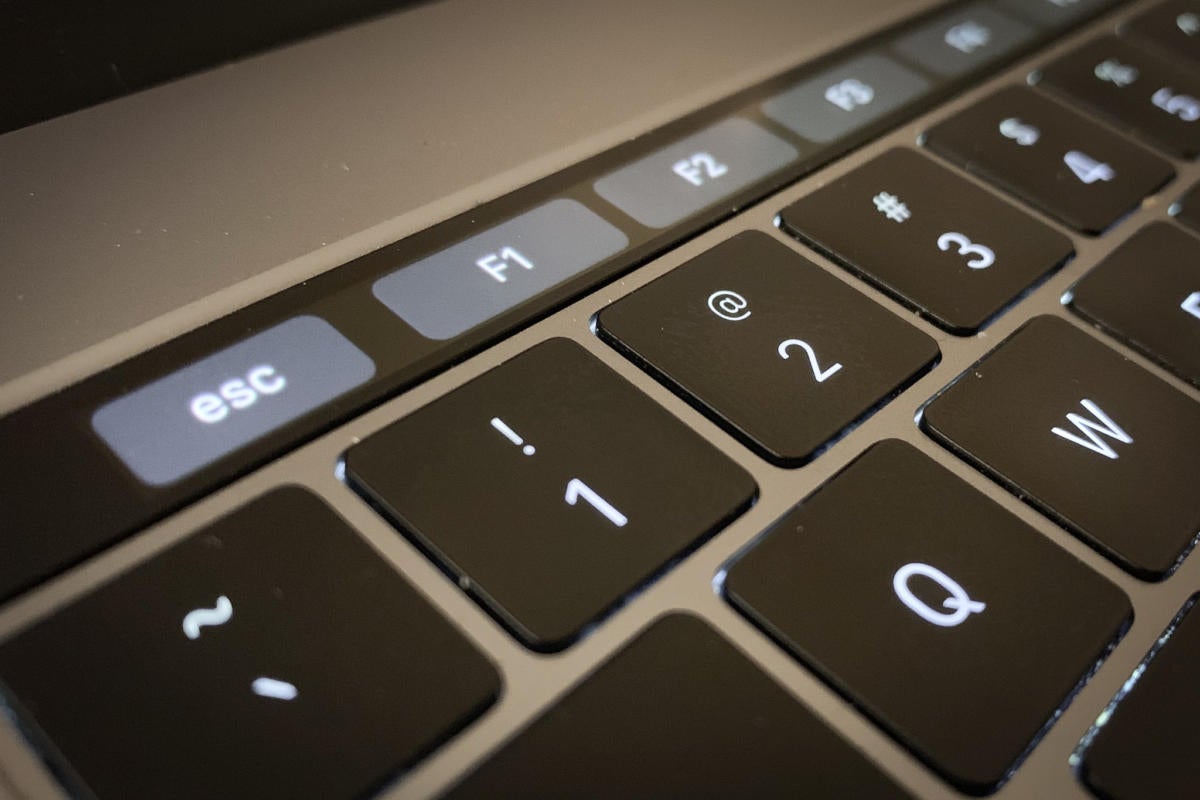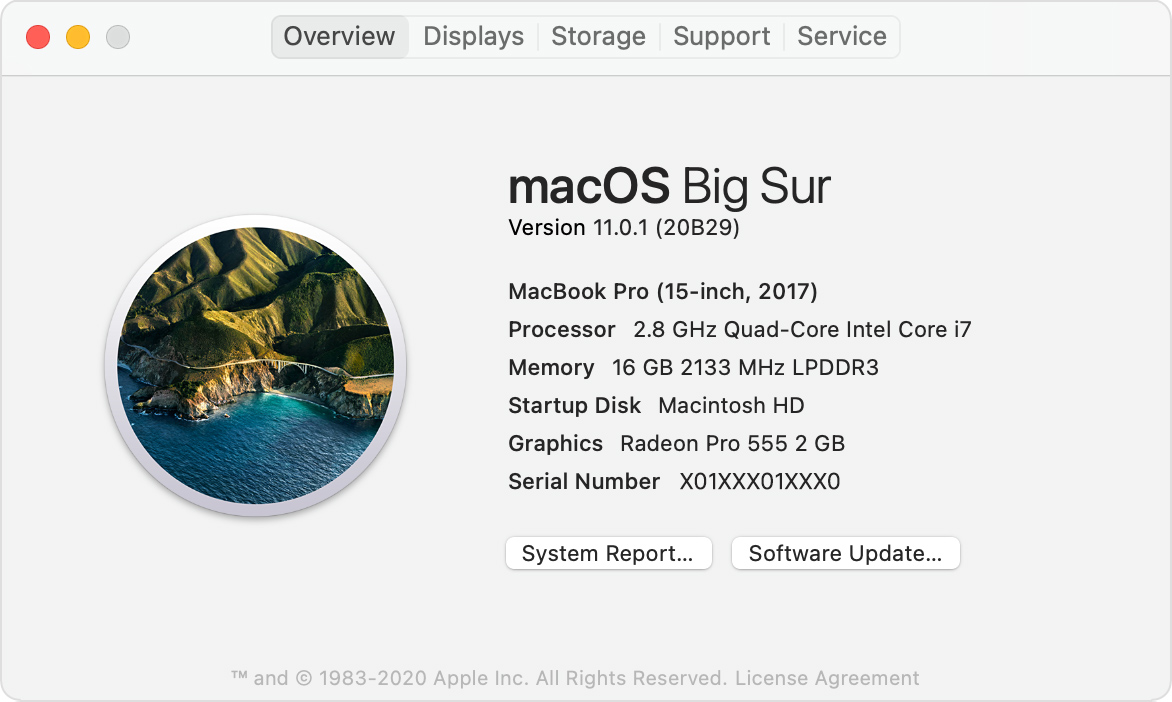Re; Learn Mac OS
These steps apply only to Mac computers with an Intel processor. The steps to erase a Mac with Apple silicon are different.
Before erasing your Mac
Click the right corner of your Apple mouse, or click with two fingers on your Apple. Serial box 01 2018 for mac free download. Marauder out Aug 24 - pre-order now. Buy 'A Fine Mess' Listen to 'The Weekend' Buy 'Marauder' Tour Dates.
- Make a backup of any files that you want to keep. Erasing your Mac permanently deletes its files.
- If you want to restore your Mac to factory settings, such as to prepare it for a new owner, first learn what to do before you sell, give away, or trade in your Mac. Then erase your Mac as the final step.
Use Disk Utility to erase your Mac
- Start up from macOS Recovery: Turn on your Mac, then immediately press and hold these two keys until you see an Apple logo or other image: Command (⌘) and R.
- If asked, select a user you know the password for, then enter their administrator password.
- From the utilities window, select Disk Utility and click Continue.
- Select Macintosh HD in the sidebar of Disk Utility. Don't see Macintosh HD?
- Click the Erase button in the toolbar, then enter the requested details:
- Name: Macintosh HD
- Format: APFS or Mac OS Extended (Journaled), as recommended by Disk Utility
- Click Erase Volume Group. If you don't see this button, click Erase instead.
- If asked, enter your Apple ID. Forgot your Apple ID?
- After the erase is done, select any other internal volumes in the sidebar, then click the delete volume (–) button in the toolbar to delete that volume.
Disregard any internal volume named Macintosh HD or Macintosh HD - Data, as well as any volumes in the External and Disk Images sections of the sidebar. - Quit Disk Utility to return to the utilities window.
- If you want to start up again from the disk you erased, select Reinstall macOS in the utilities window, then click Continue and follow the onscreen instructions to reinstall macOS.
If you don’t see Macintosh HD in Disk Utility
Your built-in startup disk should be the first item listed in the Disk Utility sidebar. It's named Macintosh HD, unless you changed its name. If you don't see it there, choose Apple menu > Shut Down, then unplug all nonessential devices from your Mac and try again.
If your disk still doesn't appear in Disk Utility, or Disk Utility reports that the erase process failed, your Mac might need service. If you need help, please contact Apple Support.
How To Learn Mac
Learn more
For more information about using Disk Utility, see the Disk Utility User Guide.

 928-523-3335
928-523-3335Students:
ask-stc@nau.edu
General ITS inquiries:
ITS@nau.edu
Mac OS
Reflex Math
How to install mavericks on macbook. Available To: Faculty, Staff, Students
Re Michaels Supply
NAU ITS currently supports Mac OS; 10.14 (Mojave), 10.15 (Catalina), and 11 (Big Sur). ITS is currently deploying OS 11 Big Sur as the standard operating system for all new and re-imaged machines. To learn more about the Mac OS X operating system, or to find out more about working with specific OS X platforms, please choose from one of the sections below.
Macintosh Operating Systems
How To Learn Apple Os
Related Resources
Not sure what Operating System, Office Package, or Web Browser Version you are running? Visit our System Information page to learn more about your computer.